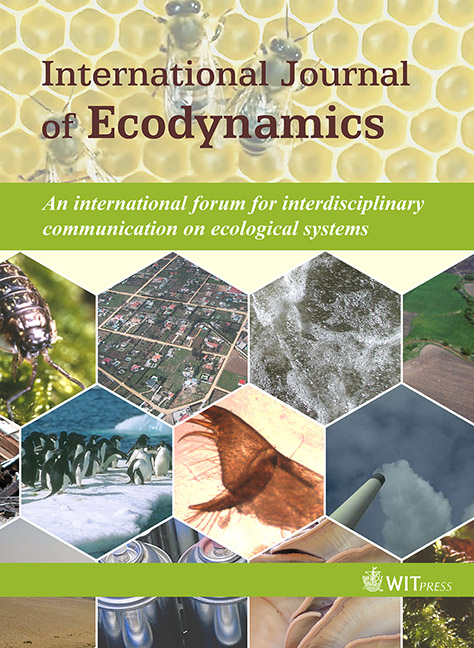The character of earth history
Price
Free (open access)
Volume
Volume 1 (2006), Issue 4
Pages
8
Page Range
380 - 388
Paper DOI
10.2495/ECO-V1-N4-380-388
Copyright
WIT Press
Author(s)
W. Alvarez, E. Tavarnelli
Abstract
The patterns of human history can provide an original key to the interpretation and understanding of the much longer history of the earth. Some of the fundamental processes that regulate the evolution of the earth display a repetitive, cyclical behavior, whereas others are characterized by irreversible, unidirectional trends. Both processes, i.e. cycles and trends, may be seen as long-term patterns in earth history. These patterns may coexist, and may be modulated by occasional, but extremely important, chance events. It has been suggested that the interplay between chance events and long-term patterns is a feature in human history; in this paper we propose that the same character applies to earth history as well. This suggestion is illustrated with geological examples: we discuss the tectonic evolution of mountain belts that display components of both cyclical and unidirectional trends. We then provide an example of a dramatic, important chance event, namely the impact of a large meteorite on the earth's surface that caused the Cretaceous—Tertiary boundary mass extinction 65 million years ago.
Keywords
earth history, geology, mass extinction, tectonic evolution




